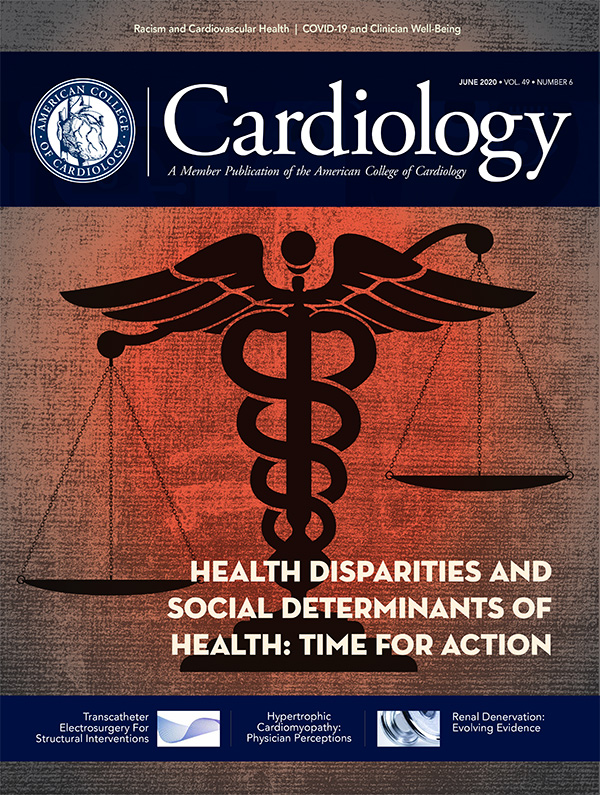JACC in a Flash
Featured topics and Editors' Picks from all of ACC's JACC Journals.
IS-CTOs and De Novo CTO PCIs: Similar Success and In-Hospital Complication Rates
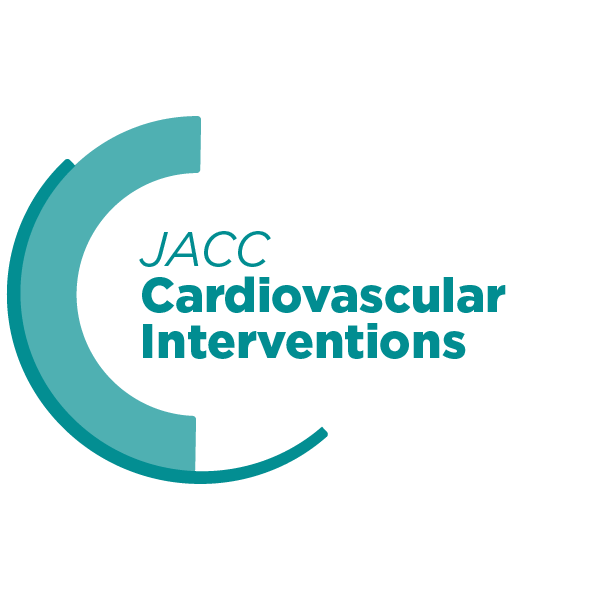
In-stent chronic total occlusions (IS-CTOs) represented 16% of all CTO percutaneous coronary interventions (PCIs) in a multicenter, international CTO-PCI registry, and had similar success rates and in-hospital complication rates as de novo CTO PCIs, according to research published in JACC: Cardiovascular Interventions during the SCAI 2020 Scientific Sessions Virtual Conference.
Evangelia Vemmou, MD, et al., sought to examine the occurrence and success rate of IS-CTOs by analyzing clinical, angiographic and procedural characteristics of 5,667 CTO PCIs performed in 5,547 patients enrolled in the PROGRESS-CTO registry between 2012 and 2020 at 28 U.S. and four international centers.
Researchers found that a total of 913 IS-CTO PCIs (16% of total CTO PCIs) were performed in 894 patients. Data showed that patients in the IS-CTO group were younger and had a higher prevalence of diabetes, dyslipidemia, hypertension and prior myocardial infarction.
In the IS-CTO group, researchers found the mean J-CTO score was higher, retrograde crossing was used less often, and IVUS and optical coherence tomography were used more often.
The study also showed that "[procedural] and technical success and in-hospital MACE rates were similar between the two groups. Contrast volume was lower in the IS-CTO group, as was the risk of perforation, although there was no difference in pericardiocentesis rates between the two groups."
Limitations of the study include it being an observational, retrospective study; reported only in-hospital outcomes without long-term follow-up; lacked data on the type of stent in the IS-CTO group; lacked clinical event adjudication by a clinical events committee; and all procedures were performed at high-volume, experienced PCI centers.
Vemmou E, Alaswad K, Karmpaliotis D, et al. JACC Cardiovasc Interv 2020; May 14:[Epub ahead of print].
Diabetes Predictor of Mortality in Cardiomyopathy Patients
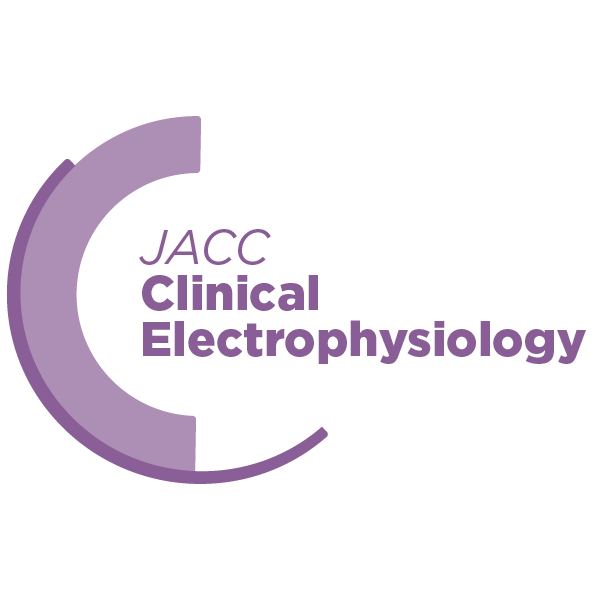
A history of diabetes mellitus (DM) predicts mortality in cardiomyopathy patients and is associated with worse outcomes than the actual severity of cardiomyopathy, according to a study published in JACC: Clinical Electrophysiology.
Ankit Medhekar, MD, et al., sought to examine the determinants of all-cause mortality, hospitalizations and cardiac hospitalizations in patients with cardiomyopathy of any etiology, stratified by the severity of myocardial dysfunction.
Researchers examined data from patients with cardiomyopathy seen at the Heart and Valve Institute at the University of Pittsburgh Medical Center between 2011 and 2017. The study compared baseline characteristics and outcomes between patients with mild-to-moderate cardiomyopathy (left ventricular ejection fraction (LVEF) between 36% and 50%) and severe cardiomyopathy (LVEF ≤35%).
Researchers examined data from 18,003 patients with cardiomyopathy. Of these patients, 5,966 (33%) had mild-to-moderate LVEF. Over a median follow-up of 3.35 years, 8,037 patients (45%) died and 11,056 (61%) were hospitalized for cardiac reasons.
Overall, patients with severe cardiomyopathy were more likely to die than those with mild-moderate cardiomyopathy. However, patients with a history of DM and mild-to-moderate cardiomyopathy had worse survival than patients with severe cardiomyopathy and no DM.
"Our data demonstrate higher all-cause mortality and higher rates of cardiac hospitalizations in cardiomyopathy patients with versus without DM," write the authors.
"Importantly, these outcomes were significantly worse in patients with DM and mild-to-moderate cardiomyopathy compared to those without diabetes but with severe cardiomyopathy, suggesting that DM is a stronger predictor of worse outcomes in this population than the actual severity of myocardial dysfunction."
Given the results of the study, the authors suggest that further research should be conducted to assess whether patients with mild-to-moderate cardiomyopathy and DM may benefit from lifesaving therapies, such as an ICD, used in the treatment of patients with severe cardiomyopathy.
Medhekar A, Mulukutla S, Thoma F, et al. JACC Clin Electrophsyiol 2020;6:552-8.
Small Study Explores Use of Echo to Identify Right Ventricular Dilation in COVID-19 Patients

Right ventricular (RV) dilation was prevalent in a small retrospective study of 105 patients hospitalized at Mount Sinai Morningside Hospital, New York, NY, due to COVID-19 between March 26 and April 22.
The results, published in JACC: Cardiovascular Imaging, suggest "the mechanism of right ventricular dilation is likely multifactorial" and "strongly associated with in-hospital mortality."
Edgar Argulian, MD, MPH, FACC, et al., used a focused, time-efficient echocardiography protocol involving portable ultrasound machines, physician interpretation of echocardiograms, and univariate and multivariate regression analysis.
The mean age of the patients was 66 years and 36% were female. According to the authors, 30% of patients were intubated and mechanically ventilated at the time echocardiography took place.
Overall, RV dilation was present in 31% of patients. While Argulian and colleagues did not observe any significant differences in the prevalence of major comorbidities, laboratory markers of inflammation or myocardial injury in these patients, they noted a higher likelihood of renal dysfunction.
RV hypokinesis (66% vs. 5%; p=0.01) and moderate or severe tricuspid regurgitation (21% vs. 7%; p=0.05) were also more prevalent compared with patients without RV enlargement.
There were no differences between patients with or without RV dilation in the use of therapeutic anticoagulation at the time of the echocardiography exam and in the measures of left ventricular size and function.
In terms of mortality, 21 patients had died at the end of the study period. Of these, 13 (41%) had RV dilation. According to the authors, mechanical ventilation, vasoactive medication use, and RV enlargement were significantly associated with mortality.
"This is a small study," said ACC.org Editor-in-Chief Kim A. Eagle, MD, MACC. "However, it does add to the growing body of research surrounding how to identify and mitigate cardiovascular risks in COVID-19 patients."
Argulian E, Sud K, Vogel B, et al. JACC Cardiovasc Imag 2020;May 15:[Epub ahead of print].
Study Validates ARC High Bleeding Risk Definition in PCI Patients
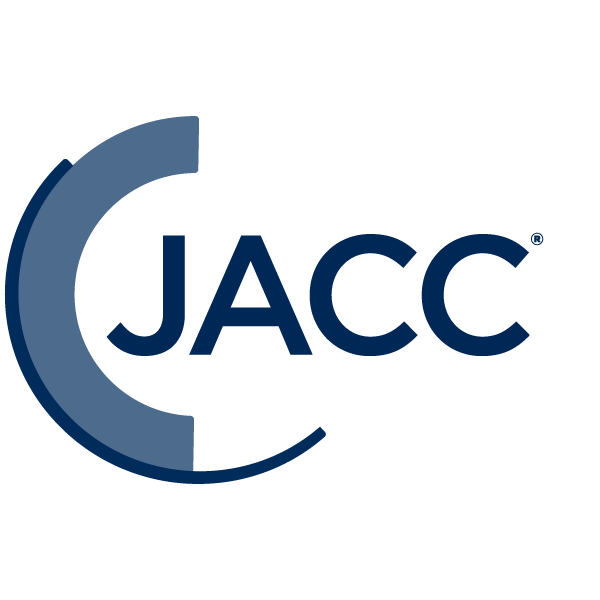
The definition of high bleeding risk (HBR) that was recently proposed by the Academic Research Consortium (ARC) was found to be valid in a contemporary real-world group of patients who underwent PCI with stent implantation, according to a study published in the Journal of the American College of Cardiology.
Davide Cao, MD, et al., sought to validate ARC's recently proposed list of clinical criteria classified as either major or minor to define patients as HBR in patients who underwent PCI with stent implantation at a large volume tertiary-care center between 2014 and 2017.
Researchers examined data from 9,623 patients. Of these patients, 4,278 (44%) qualified as HBR according to the ARC-HBR definition. Data showed that moderate or severe anemia was the most common major criterion (33.3%); and age ≥75 was the most frequent minor criterion and the most common overall (46.8%).
Researchers found that "the rate of the primary bleeding endpoint at one year in patients at HBR was higher than the 4% cutoff assumed by ARC-HBR consensus and nearly 3-times higher than in non-HBR patients." Results also showed that "the prognostic value of the ARC-HBR definition was further increased when the presence of multiple coexisting criteria was taken into account."
"The ARC-HBR definition, which is based on expert consensus after extensive review of published reports, promotes a more pragmatic approach to assessment of bleeding risk in PCI-treated patients," write the authors of the study. "Hence, our findings are essential to support the validity of this newly introduced definition of HBR and encourage its future application in clinical settings."
"Given the number of treatment options available to appropriately balance short- and long-term safety and efficacy in patients undergoing PCI, it is clear that the ARC-HBR criteria are practical and actionable, not just academic," write Sunil V. Rao, MD, FACC, and Zachary K. Wegermann, MD, in an accompanying editorial comment.
"The clinician now has several strategies at his or her disposal to achieve the optimal balance between ischemic and bleeding risk in patients undergoing PCI."
Latest Issue of JACC: CardioOncology Now Online
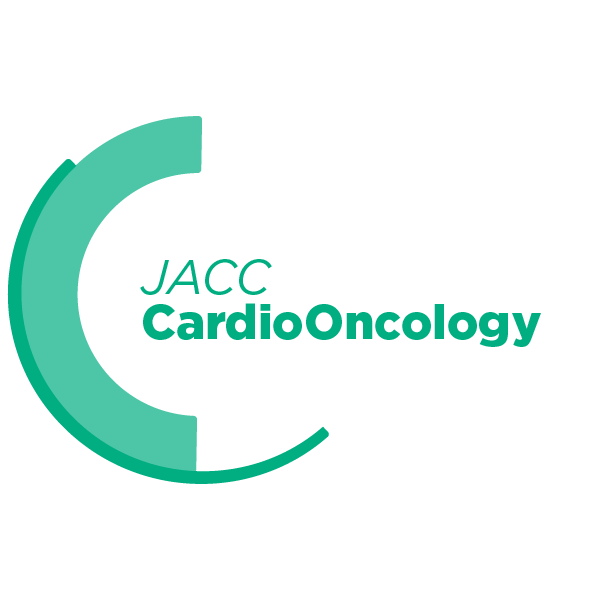
Just published, the new issue of JACC: CardioOncology features an impressive lineup of original research, reviews, viewpoints and case challenges on topics such as acute heart failure three decades after childhood cancer, myeloproliferative disease and cardiac tamponade and Erdheim-Chester Disease.
Among the original research articles, the Ticagrelor-Oncology (TICONC) study looks at the implications of P2Y12 Inhibition for metastasis and cancer-associated thrombosis, while other papers address papers on the risk of heart failure in pregnancy in cancer survivors, cardiotoxicity surveillance and risk of heart failure during targeted-HER2 therapy, and more.
Also don't miss, state-of-the-art reviews providing deeper dives into cardiac tumors and magnetic resonance imaging to detect cardiovascular effects of cancer therapy. JACC: CardioOncology Editor-in-Chief Bonnie Ky, MD, MSCE, FACC, and JACC: Basic to Translational Science Editor-in-Chief Douglas L. Mann, MD, FACC, also join forces in a primer for cardiovascular and cardio-oncology communities addressing COVID-19 clinical trials.
For the complete issue, visit JACC.org/CardioOncology. Follow JACC Journals on Twitter and Facebook and join the conversation with #JACCCardioOnc. Search "American College of Cardiology" to follow JACC Journals on Instagram.
Listen Up
Don't miss the most recent podcast JACC: CardioOncology podcast. Bonnie Ky, MD, MSCE, FACC, talks with Jag Singh, MD, PhD, and Noopur Raje, MD, about their personal experience with COVID-19. Find this podcast and more in the Multimedia section at JACC.org/CardioOncology.
Low Health Literacy Associated With More Hospitalizations, Mortality in HF
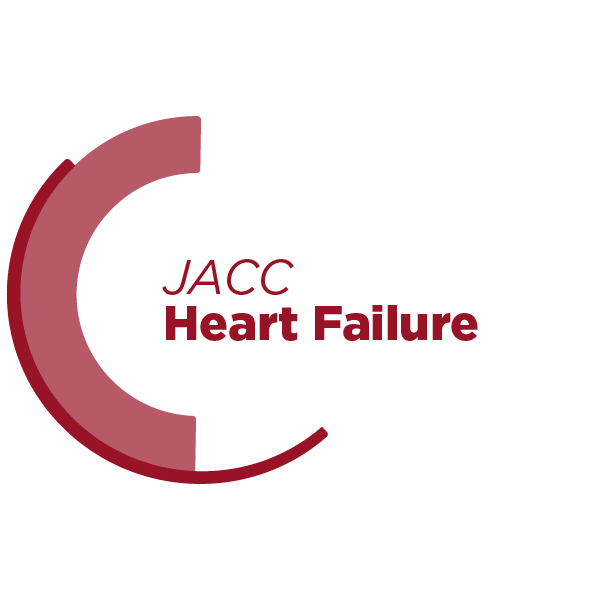
Patients with heart failure (HF) who experience low health literacy are at an increased risk of hospitalization and mortality. This finding has significant clinical and public health implications and suggests that assessing and intervening on an individual's understanding of their own health could improve heart failure outcomes, according to a meta-analysis published in JACC: Heart Failure.
While previous studies have suggested that low health literacy in HF patients could be associated with higher risk of mortality, hospitalizations and emergency department (ED) visits for all causes, the results have been inconsistent. This is the first meta-analysis of its kind to adjust for important potential confounders to obtain a clearer understanding of the association.
Researchers, with the assistance of a medical librarian, conducted a systematic review across EMBASE, MEDLINE, PsycInfo and EBSCO CINAHL databases from inception to Jan. 1, 2019.
They included 15 observational and interventional studies (11 with an overall high methodological quality) that evaluated the impact of health literacy among patients 18 years or older with HF not using a left ventricular assist device on at least one of these outcomes: mortality, hospitalizations and ED visits for all causes.
Interventional studies evaluated interventions for patients who had inadequate health literacy or included a health literacy-sensitive intervention. In the studies included in the meta-analysis, objective measurement tools evaluated the degree to which a patient comprehends medical information and subjective tools evaluated how much a patient thinks they understand.
Results showed that among the observational studies, 9,171 patients with HF were included, of whom 2,207 (24%) had inadequate or marginal health literacy. Inadequate health literacy was associated with higher unadjusted risk for mortality, hospitalizations and ED visits.
When the adjusted measurements were combined, inadequate health literacy remained statistically associated with mortality (risk ratio [RR], 1.41; 95% confidence interval [CI], 1.06-1.88) and hospitalizations (RR, 1.12; 95% CI, 1.01-1.25). Among the four interventional studies, two effectively improved outcomes among patients with inadequate health literacy.
"Identifying health literacy as a factor that affects health outcomes and measuring its effect on patients with heart failure is essential to allocate more resources for, and research on, interventions to improve health literacy," says Lila J. Finney Rutten, PhD, an author of the study.
Fabbri M, Murad MH, Wennberg AM, et al. JACC Heart Fail 2020;8:451-60.
NCDR Study: Disparities in AFib Treatment Among American Indian/Alaskan Native Patients

American Indian/Alaskan Native (AI/AN) patients with atrial fibrillation (AFib) are less likely than non-AI/AN patients to receive oral anticoagulation (OAC) or rhythm control strategies, according to a study published in the Journal of the American College of Cardiology.
Umair Khalid, MD, et al., used data from ACC and Veradigm's PINNACLE Registry to compare baseline characteristics and treatment strategies among AI/AN patients with AFib to those among non-AI/AN patients. The study population consisted of 2,559 AI/AN patients and 857,907 non-AI/AN patients with AFib who were enrolled in the registry between 2008 and 2016.
Among all patients, 57.6% (448,795) were receiving OAC and 39.2% (305,624) were treated with rhythm control strategies, such as ablation and cardioversion. AI/AN patients were significantly less likely than non-AI/AN patients to be treated with OAC (54.9% vs. 57.6%; odds ratio [OR], 0.84; 95% confidence interval [CI], 0.77-0.93) or rhythm control strategies (36.5% vs. 39.2%; OR, 0.90; 95% CI, 0.81-0.99).
White patients were more likely than AI/AN patients to receive OAC and rhythm control strategies. There were no significant differences in treatment with OAC and rhythm control strategies between AI/AN patients and black, Asian and Native Hawaiian patients.
In addition, there were moderate practice-level variations for OAC (median OR, 1.48; 95% CI, 1.41-1.58) and rhythm control strategies (median OR, 1.75; 95% CI, 1.63-1.90).
According to the researchers, the findings document lower rates of OAC and rhythm control strategies among AI/AN patients and moderate practice-level variations in treatment strategies and "add to the concerning evidence of reduced rates of OAC and rhythm control therapies among patients of color."
Possible reasons for the disparities include clinical differences in AI/AN patients who require different treatment strategies, unequal access to health care, differences in insurance coverage and inability to afford medications.
The researchers conclude that future studies should look at the underlying causes for the disparities to "provide insights into these potential limitations, identify opportunities for improvement, and uncover clinical areas unique to the AI/AN patients that warrant further investigation.
Khalid U, Marzec LN, Mantini N, et al. J Am Coll Cardiol 2020;75:2749-50.
Clinical Topics: Arrhythmias and Clinical EP, Cardio-Oncology, Cardiovascular Care Team, COVID-19 Hub, Geriatric Cardiology, Invasive Cardiovascular Angiography and Intervention, Pericardial Disease, Atrial Fibrillation/Supraventricular Arrhythmias
Keywords: ACC Publications, Cardiology Magazine, Pregnancy, Aged, Atrial Fibrillation, Hospital Mortality, Percutaneous Coronary Intervention, Cardiotoxicity, Retrospective Studies, Stroke Volume, Cardiac Tamponade, Tertiary Care Centers, Indians, North American, Erdheim-Chester Disease, Public Health, New York City, COVID-19
< Back to Listings

